This Championship Racehorse Was Stolen And Held Up For Ransom
Horseracing has been around since the days of Ancient Greece. Horses and jockeys work together in a race to see which horse is superior, and there have been certain horses that stand out amongst the rest.
Secretariat may be the most famous racehorse, but others like Seabiscuit and Man O' War have made a name for themselves and become a feature in pop culture. This is the story of another racehorse who didn't rise quite to prominence, but was taken at his most valuable.
A Story Of A Lost Friend
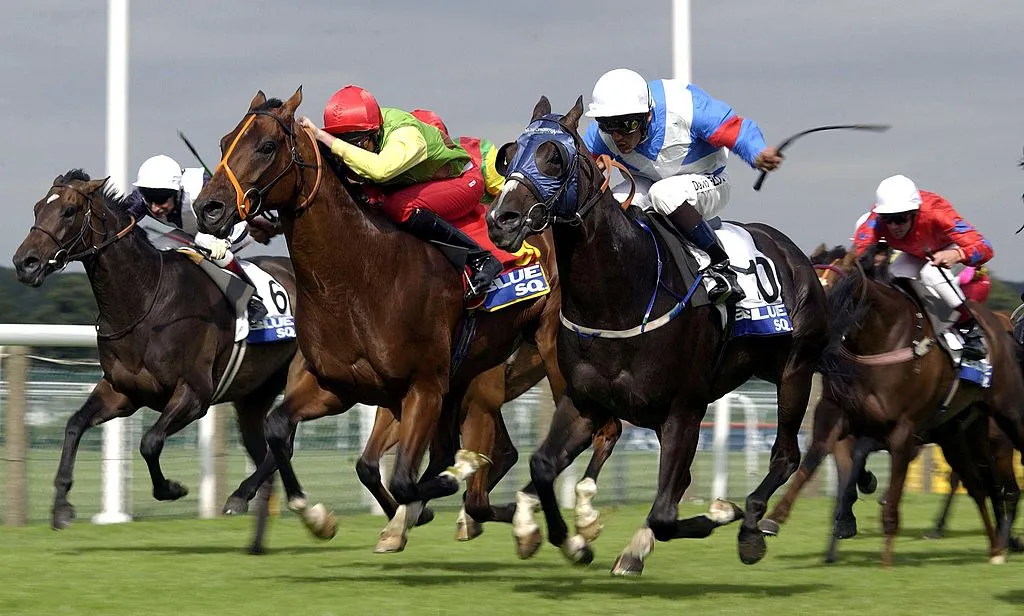
Back in 1983, one of the world's most beloved racehorses was separated from his owner and the place he knew as home.
On March 3rd, 1978, a new foal named Shergar was born at the Sheshoon Sted in County Kildare, Ireland. Shergar grew up and became a very handsome stallion. He could have lived out his life as a stud for breeding, but his owner had different plans for him.
A Man Of Influence
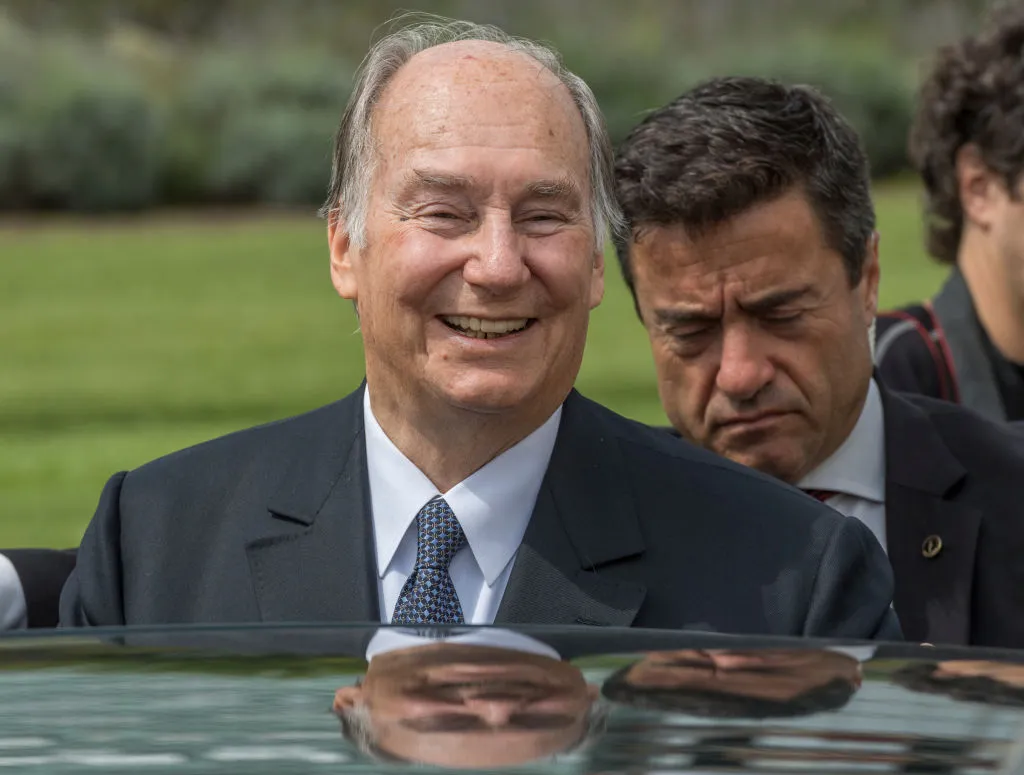
Shergar's owner wasn't an ordinary breeder. Shergar belonged to Prince Shah Karim Al Hussaini, Aga Khan IV, and Imam of Nizari Ismailism. Aga Khan didn't want a breeding stud— he wanted a racehorse.
Shergar was a thoroughbred of impressive breeding. He had the potential to do really well as a racehorse. At the request of Aga Khan, Shergar was brought to England to begin his training. Aga Khan was determined to see his horse succeed.
A Star From The Very Beginning
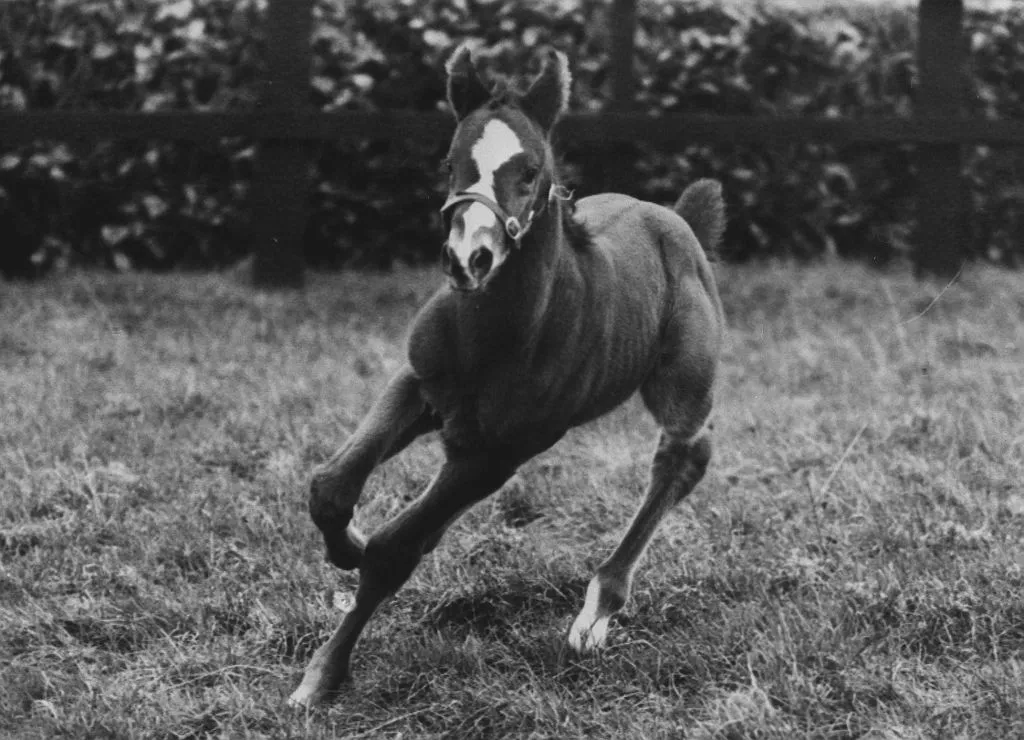
Aga Khan hired a very well known trainer to work with Shergar. This trainer was Michael Stoute, and with his guidance, Shergar blossomed into an impressively fast runner. Shergar was a quick learner and his jockey, Walter Swinburn, couldn't believe how quickly Shergar took to racing.
"As a two-year-old, I sat on him," Swinburn recalled. “He just gave you that special feel and after that little bit of work, the boss came walking up and I just said to him: 'I think this is the one you've been waiting for.'”
Shergar's First Race Was A Huge Success
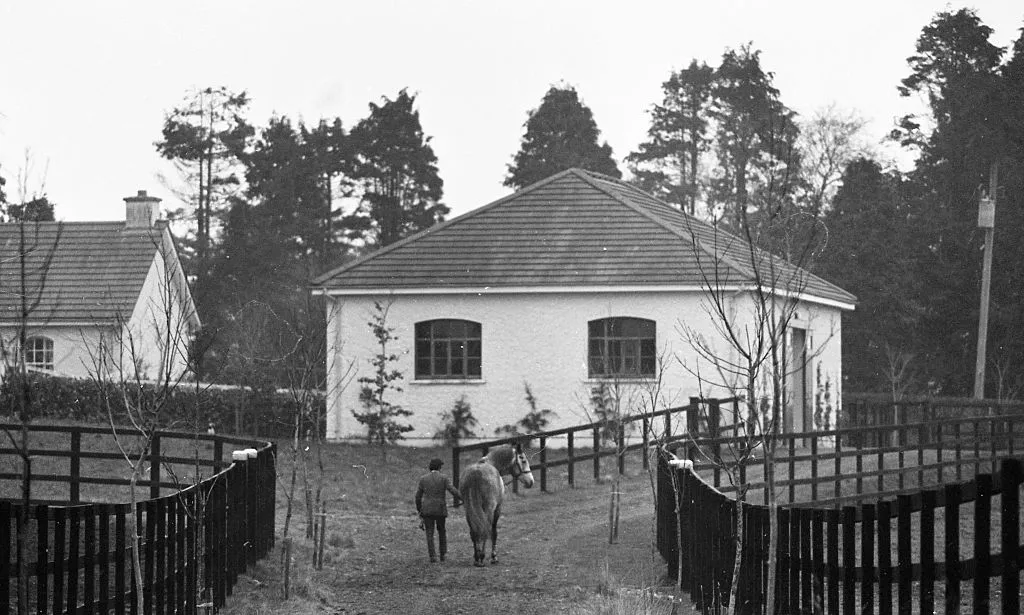
After a lot of hard work and training, Shergar finally entered his first race. It turns out, Swinburn's prediction was absolutely correct. Shergar came in first place by a margin of 2.5 lengths. In his next race, he finished in second against some more experienced thoroughbreds.
Still, everyone was talking about this new Irish born horse who was taking the world by storm. Shergar was unstoppable and he commanded attention as soon as he walked into the starting gate.
Shergar's Racing Career Continued To Progress
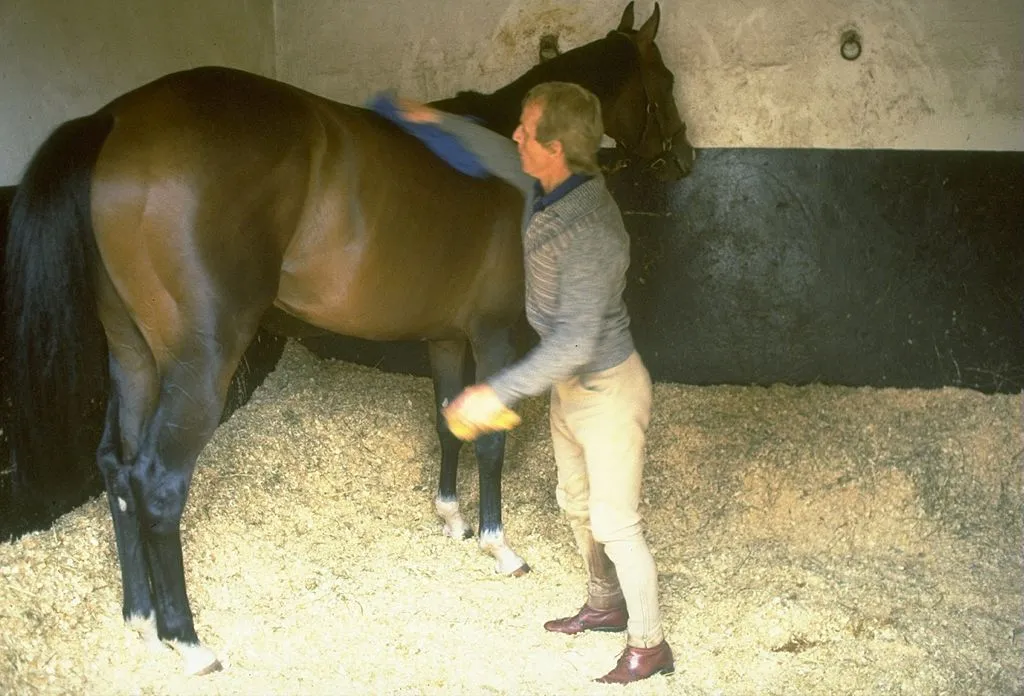
In his third year, Shergar became a bonafide superstar. He won his next two races by a combined margin of 22 lengths. After that, he entered the Epsom Derby and won by ten lengths, which is the largest margin in the history of the race.
There was no denying that this horse had some serious talent. Nobody could catch him and he soon captured the attention of news outlets around the world. Shergar, the horse that almost lived out his life as a stud, had become a star.
The End Of Shergar's Racing Career
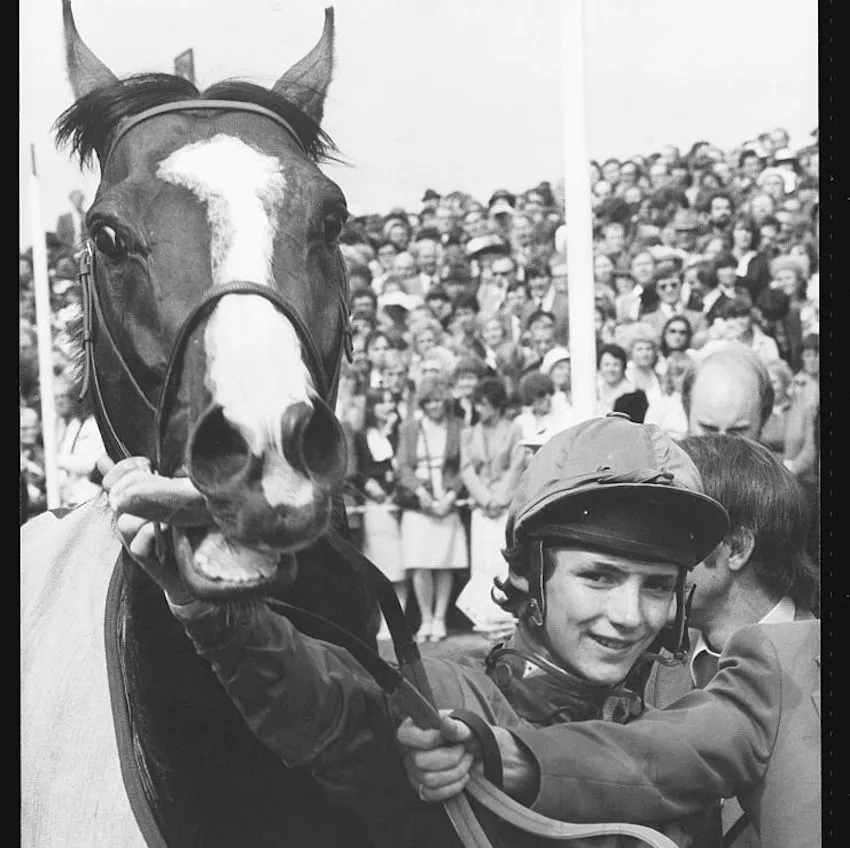
This is a photo of Shergar with his jockey, Walter Swinburn. These two raced together (and won) two more times at the Irish Derby and the King George VI and Queen Elizabeth Diamond Stakes. Then Aga Khan entered Shergar in one more race to prepare for 1981's Prix de l'Arc de Triomphe. Surprisingly, Shergar ended up coming in fourth.
Aga Khan was worried that something was wrong with Shergar. He had never done so poorly in a race before. Khan had a veterinarian perform a series of tests on Shergar, and even though all tests came back negative, it was clear that Shergar's racing days were over.
Shergar's Well Deserved Retirement
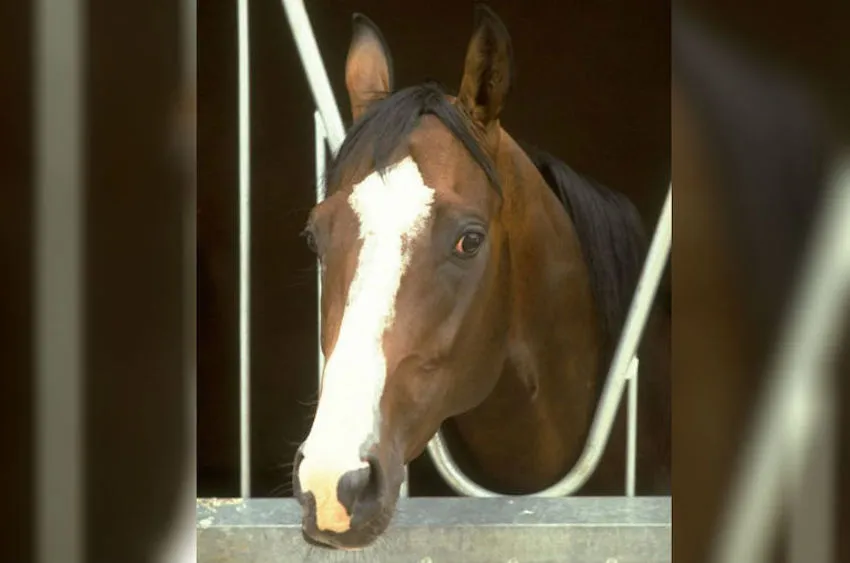
Aga Kahn didn't want to risk Shergar's health or wellbeing by entering him in Prix de l'Arc de Triomphe, so Kahn retired Shergar to the Ballymany Stud in Ireland. There, Shergar would be used to sire foals while he lived out the rest of his days in the countryside.
Unfortunately, due to a crazy twist of events, Shergar only ended up siring one foal. On February 8th, 1983, three masked men held Ballymany's head groom at gunpoint. They were there to steal Shergar.
Shergar's Tragic Kidnapping
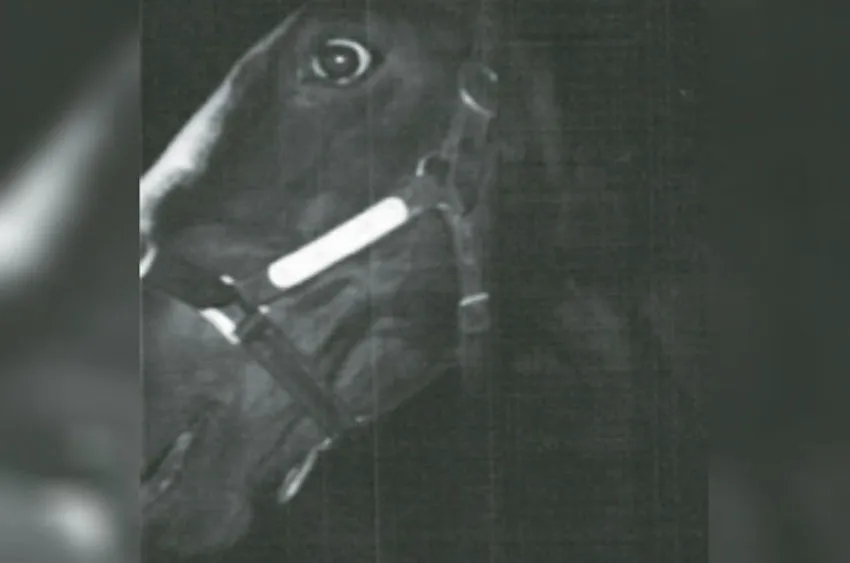
The gunmen led the groom to the stables and ordered him to load Shergar into a waiting horse trailer. After Shergar was secured in the trailer, the gunmen forced the groom into the back of their truck and then they drove off into the night.
Eventually, the gunmen released the groom in Kilcock, a town in the Irish countryside around 20 miles from his farm. They demanded £2 million for Shergar's safe return and they told the groom that if he went to the police, they'd kill him and his family.
Aga Khan's Reaction To The Kidnapping
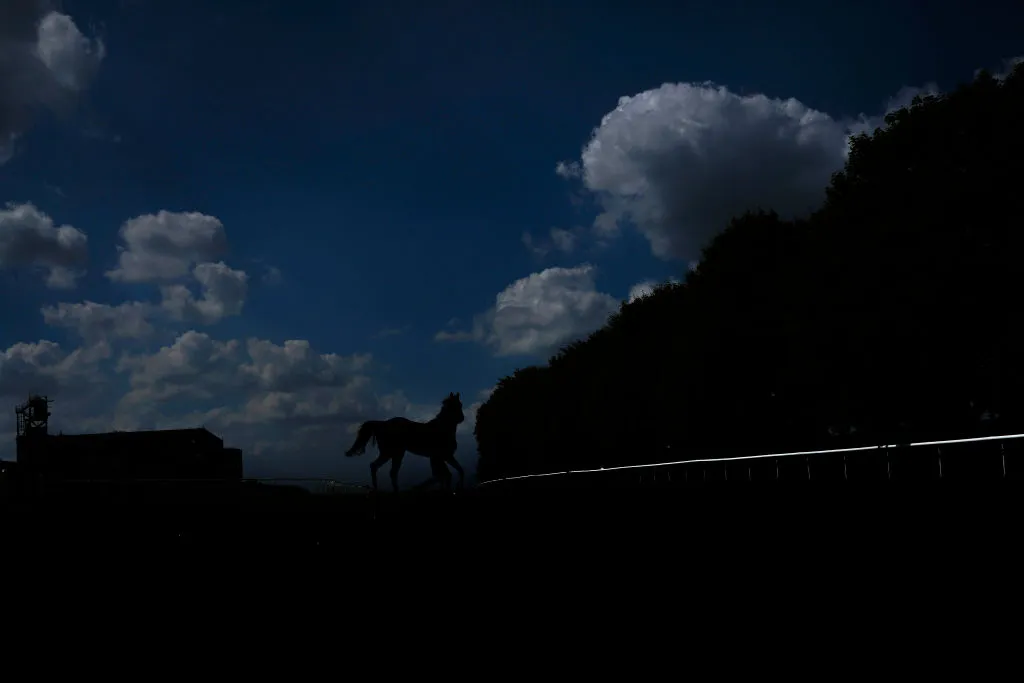
As soon as the groom was released, he contacted Aga Khan and the rest of Shergar's owners to tell them what happened. Everyone was concerned about Shergar's wellbeing, but that didn't mean that they were ready to hand over two million euros to a bunch of criminals.
Paying this ransom could even be seen as a form of encouragement. Nobody wanted these people to learn that they could get what they want by kidnapping a beloved animal.
How The Negotiations Went Down

Aga Kahn and the other owners wanted to make sure that Shergar was alive and well before they forked over any cash. They asked the kidnappers for evidence that Shergar was safe. What they got didn't make them worry any less.
The kidnappers send pictures of Shergar, but they only sent pictures of his head. The owners couldn't be sure if their horse was actually healthy and safe. They started asking more questions, which only angered the kidnappers, and on February 12th, the kidnappers ended all negotiations.
Where Is Shergar Now?
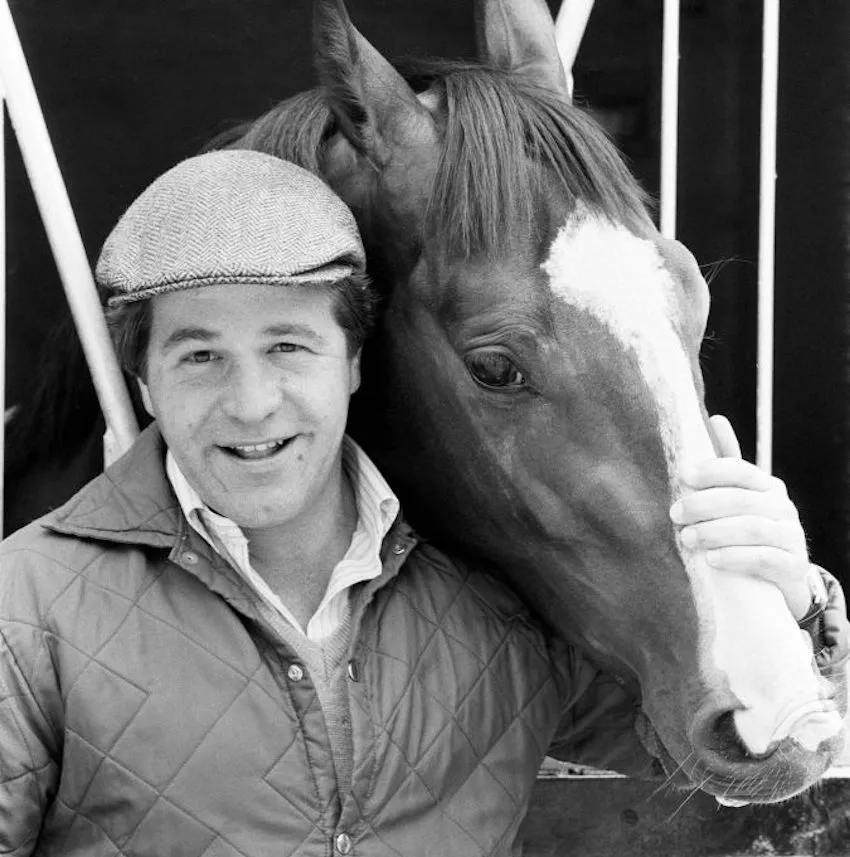
It's now over thirty years later, and we still don't know what really happened to Shergar. Aga Khan lost contact with the kidnappers. As far as we know, Shergar only sired one foal, a little filly that goes by the name "Hilo Girl."
There have been plenty of rumors circulating about what may have happened to Shergar. Maybe the kidnappers used him as a stud and he has even more colts and fillies out there somewhere.
Shergar Was Taken By The IRA
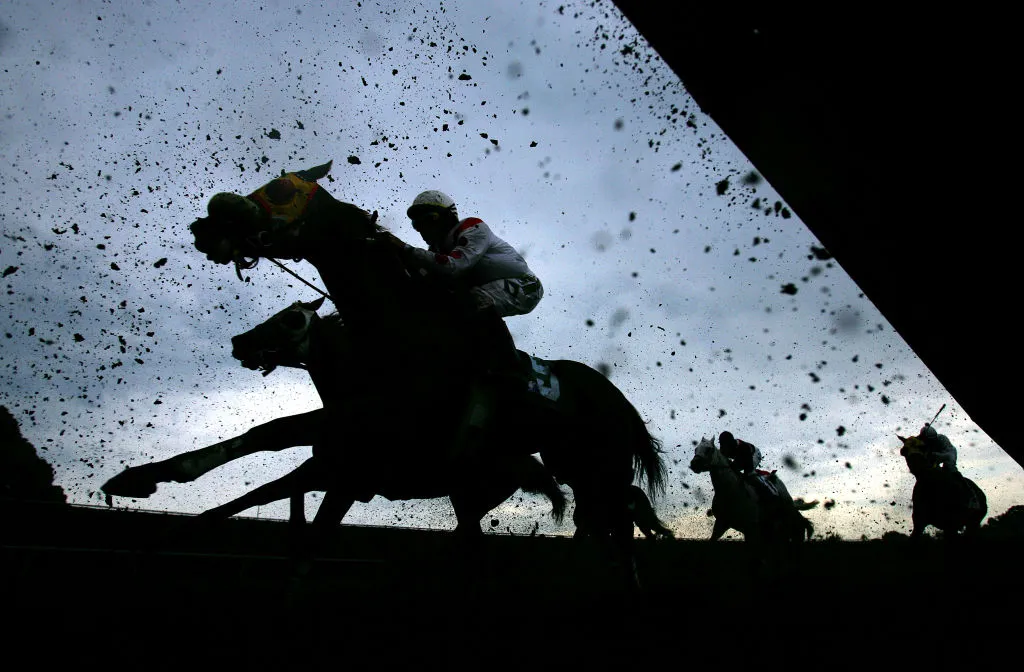
According to Sean O'Callaghan, a former Irish Republican Army informant, it was actually the IRA who was behind Shergar's kidnapping. The Irish Republican Army (or the IRA) is a paramilitary political group in Ireland that formed in the 20th century. The group fights for Irish republicanism, which is the belief that all of Ireland should become independent and separate from British rule.
The IRA took Shergar and they planned to use the horse’s ransom to fund their organization.
The End Of A Legend
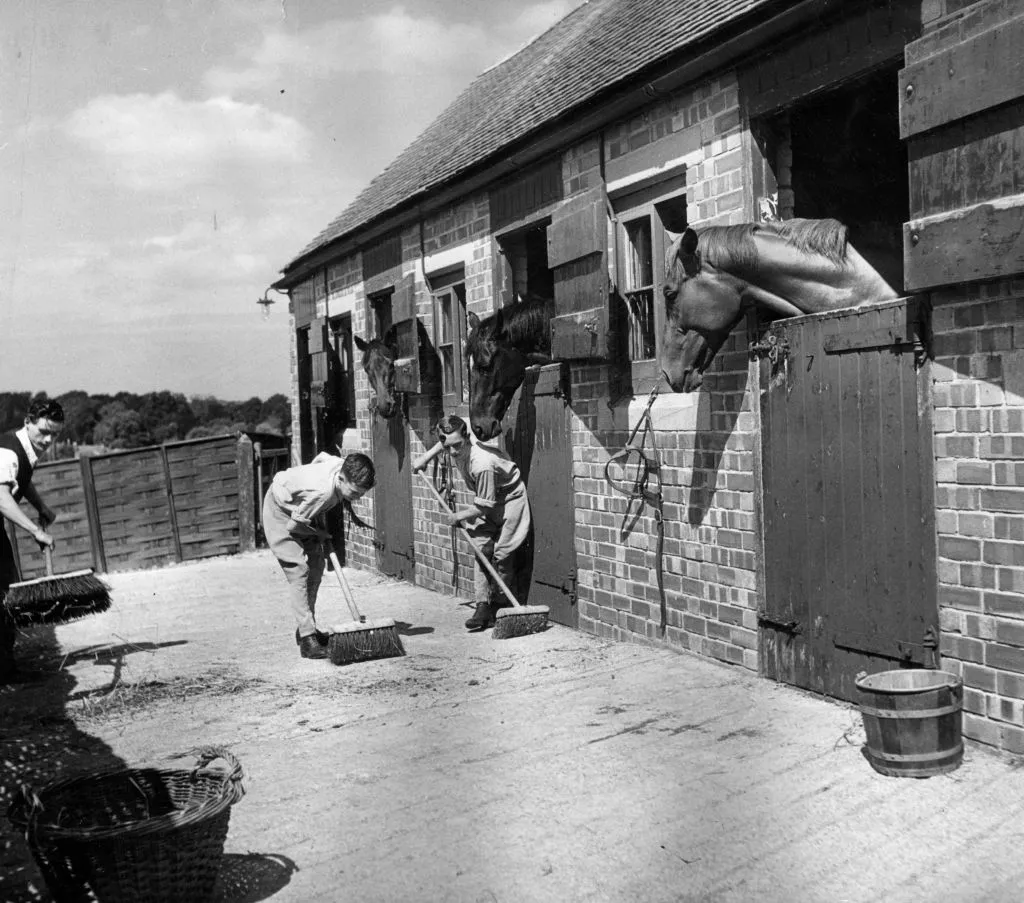
Unfortunately, when Shergar was in the care of the IRA, he was spooked and injured his leg. The kidnappers were forced to put him down, but they tried to pretend that he was still alive to get the ransom money from Shergar's owners.
Aga Khan was too smart for the kidnappers and he knew from the photos that Shergar wasn't in good condition. Sadly, this champion horse died alone and for nothing. All of Ireland mourned his loss.
Will We Ever Know The Truth?
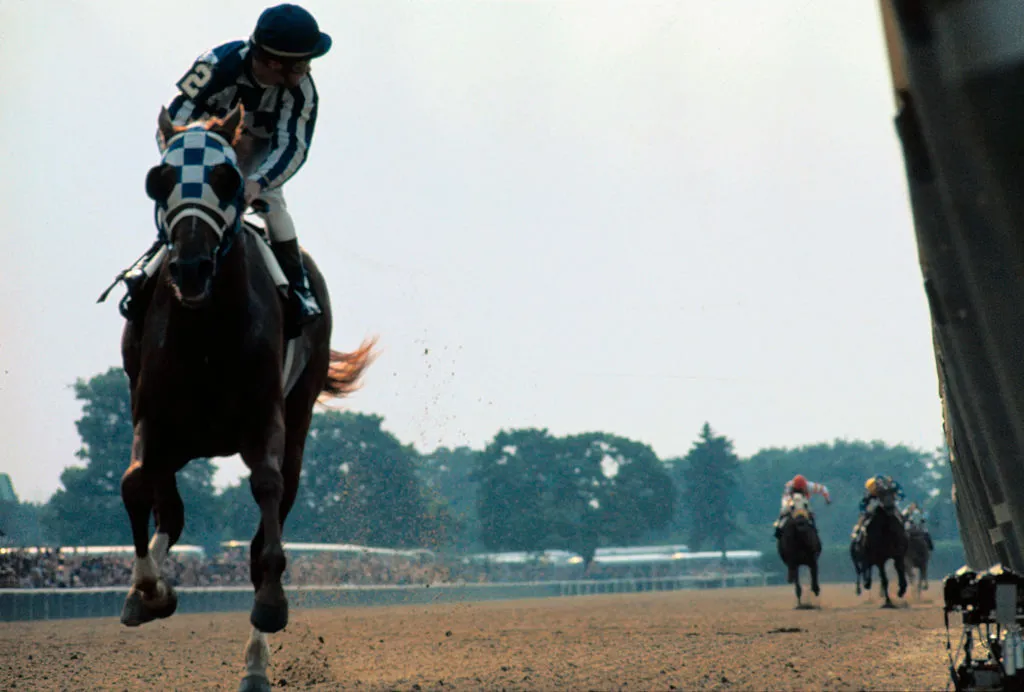
We will never know all of the details of this case. The truth about what really happened to Shergar still remains a mystery. Even though Shergar is gone, his memory will live on forever in the hearts of those who loved him.
This was a horse unlike any other we've ever seen. There's still a statue of Shergar standing in Aga Khan's Giltown Stud. That statue is a reminder of the joy that Shergar brought to the world.
Shergar Was Insured
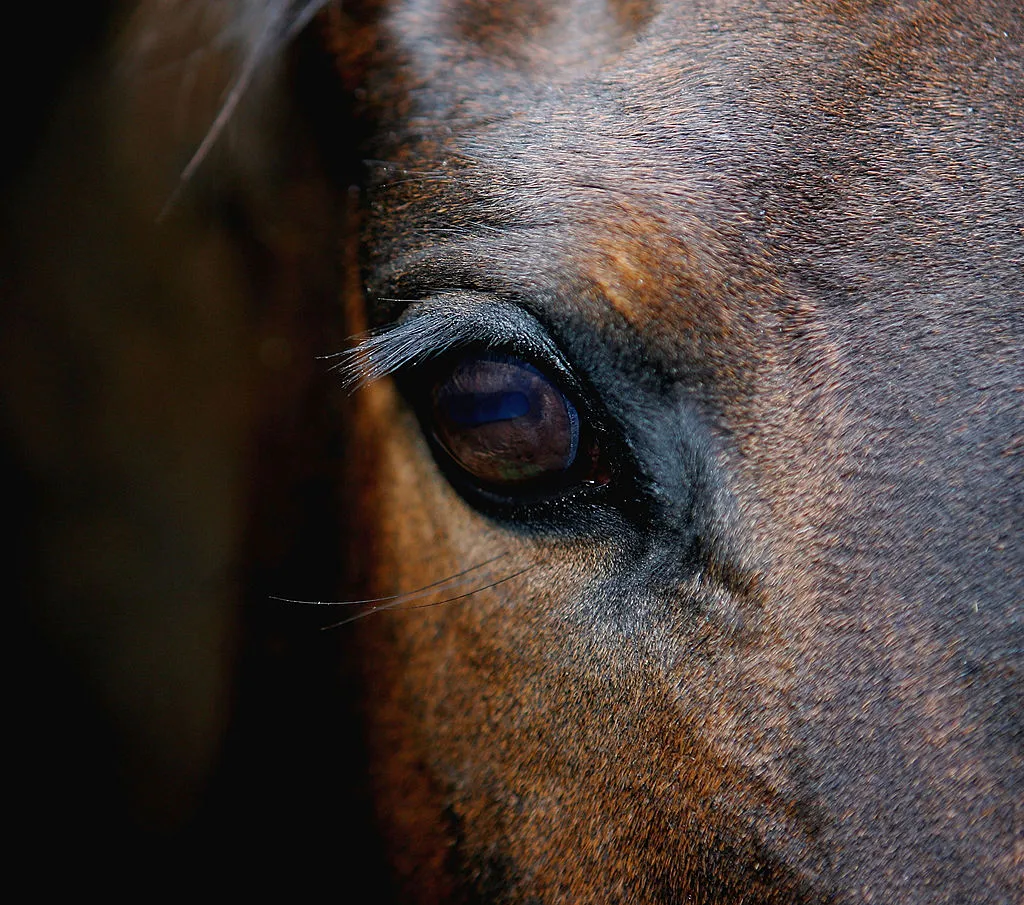
People who own horses as valuable as Shergar always purchase horse insurance. Shergar was insured through several different insurance companies. He was also owned by several owners, not just Aga Khan. Aga Khan did not purchase insurance for Shergar, so he didn't receive payment after it became clear that Shergar most likely passed away.
Some of the other owners received a settlement of around three million dollars. There were a few legal issues they had to overcome before the insurance companies paid up, though.
Shergar's Legacy
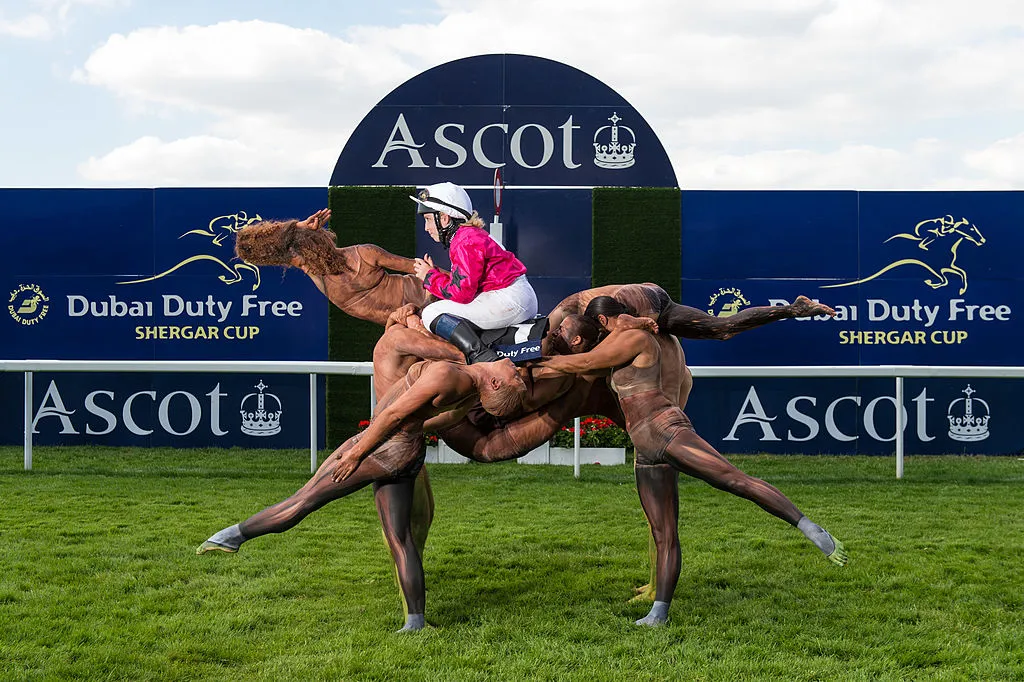
In 1999, the Shergar Cup horse race was initiated at Goodwood Racecourse in honor of Shergar. Later, the Cup moved to Ascot Racecourse where it became a competition between four teams: Great Britain and Ireland, Europe, the rest of the world, and an all-women team.
The winners of the cup are presented with a trophy that looks like Shergar that was donated by Aga Khan. This horse continues to influence racing today, and we're sure that he'll never be forgotten.
The Format Of The Race
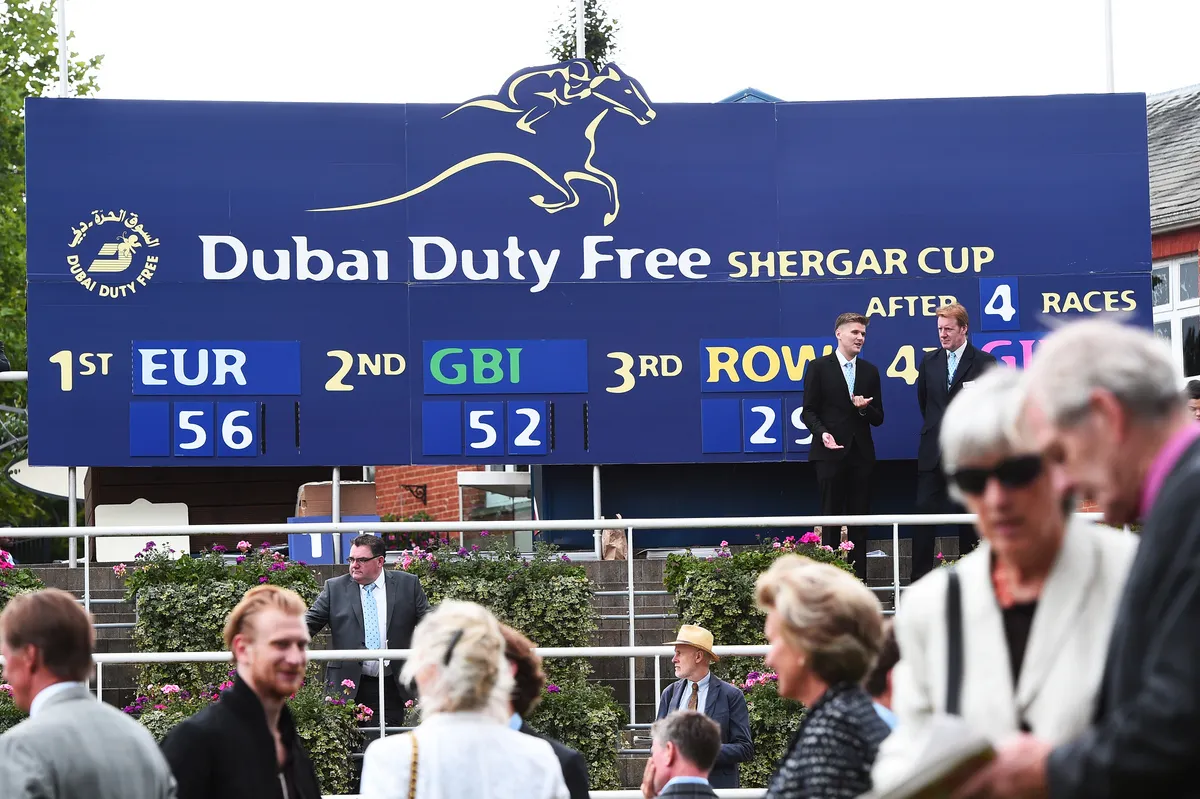
The Shergar Cup is actually composed of six different races that are run as handicap races, meaning faster, stronger horses are forced to carry a heavier weight to even out the playing field.
The six flat races are a dash which is 5 furlongs, stayers, which is two miles, challenge, which is 1 mile four furlongs, mile, which is 1 mile, classic, which is 1 mile 4 furlongs, and sprint which is 6 furlongs. Each race is for a specific age range for the horses involved.
It's Very Accommodating

There are plenty of reasons for horses and jockeys to get involved with the Shergar Cup, the biggest one being that it's free entry for owners to bring in their horses. On top of that, there is a 30,000 Euro purse for each race, and even horses that come in last are awarded 369 Euros, so everybody wins.
Thanks to the races all being run as handicaps, every horse has a chance to win, so even in a worst-case scenario, an owner should at least make enough to cover their expenses.
What Can Winners Expect?
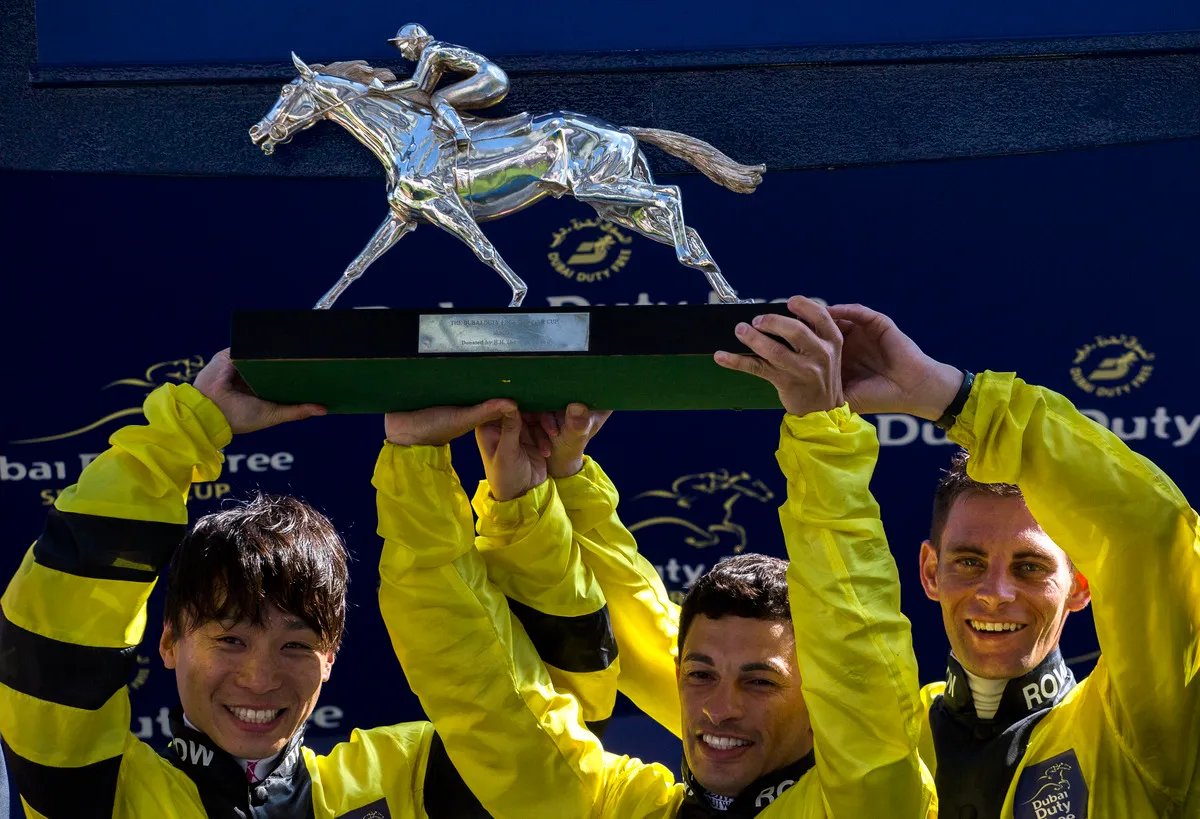
Along with the ₤30,000 purse that comes with each race, there are also a number of other incentives that horses can win along the way. Some of the races are covered by ITV Racing, and the winners of those races receive a 'saddle cloth' along with £50 for the owner of the ITV-televised race.
Horse grooms also have a chance to pocket some extra money. The groom is awarded ₤200 for each winning horse, and the groom of the best turned-out horse in each race also receives ₤200.
Who's Won In The Past?
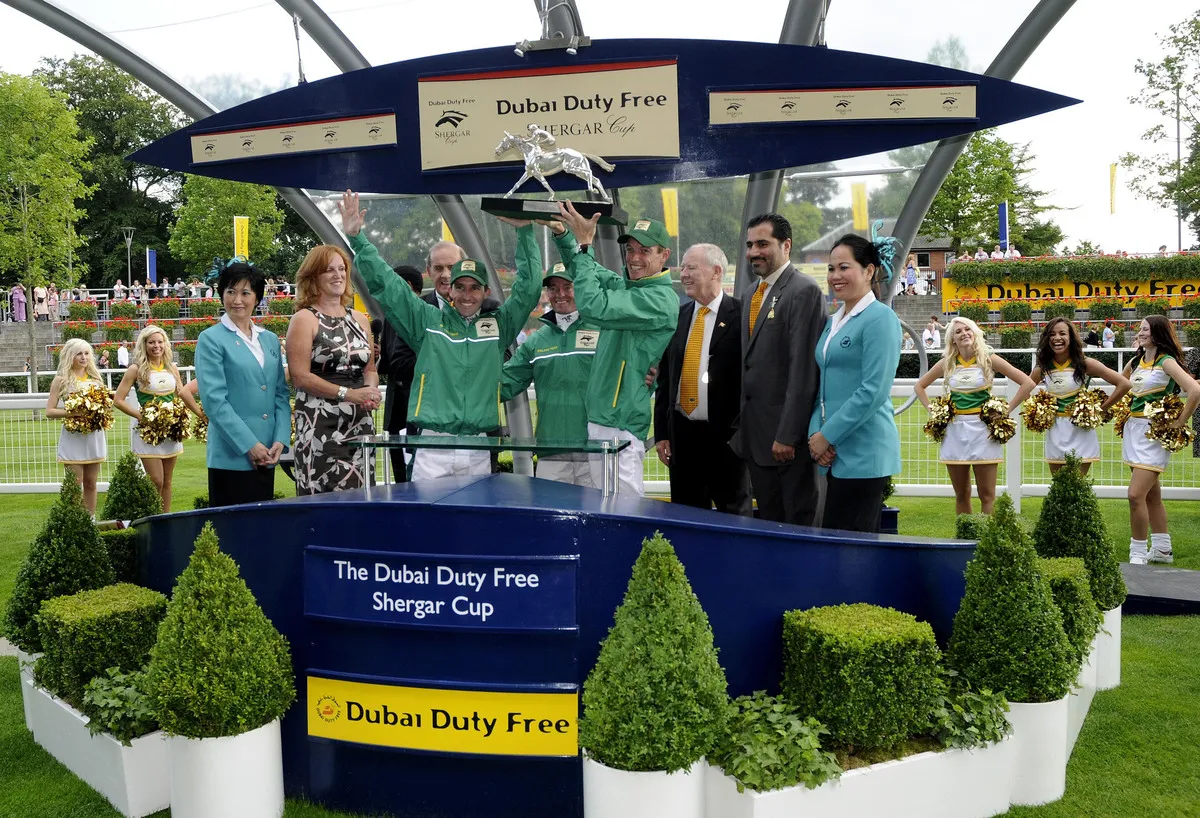
Since 2000, there have been a few repeat winners in the history of the Shergar Cup. Pat Eddery was the captain of Europe when they were the first victors in 2000, and they still hold the record for most points with 157.
Frankie Dettori has captained the winning team four times, capturing 3 of the first 5 events as a member of the rest of the world, and earning his fourth 10 years later as a member of team Europe. Richard Hughes captained Ireland tho three-straight wins from 2009 to 2011.









